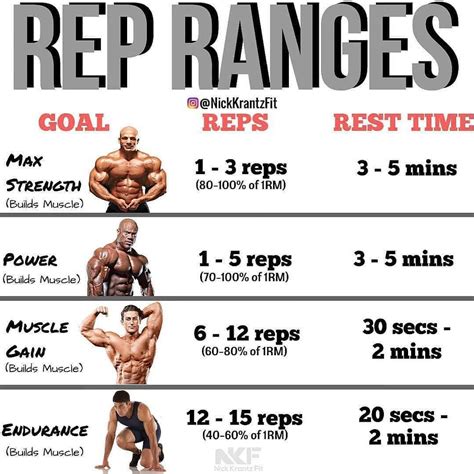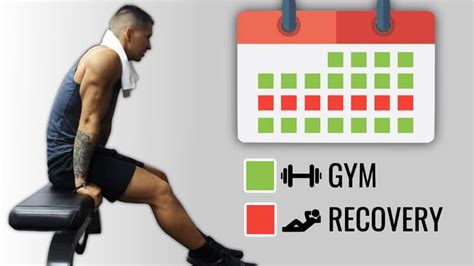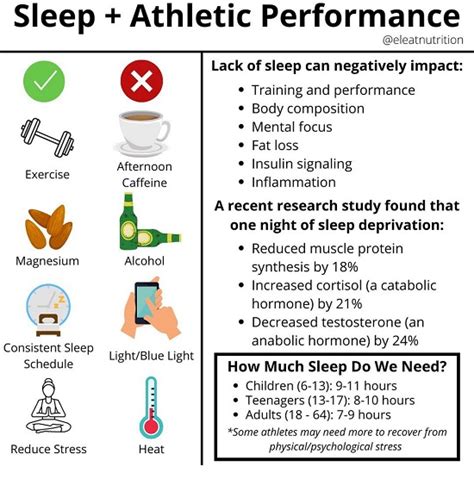Optimize training volume for men’s peak muscle growth and recovery?

The Elusive Balance: Training Volume for Maximum Gains
For men dedicated to building muscle, the quest for optimal training volume often feels like a moving target. How many sets, reps, and sessions per week are truly necessary to stimulate peak muscle growth without pushing the body into an overtrained state? The answer isn’t a simple number, but rather a dynamic balance between providing sufficient stimulus and allowing adequate time for recovery and adaptation.

Understanding Training Volume and Its Impact
Training volume, typically calculated as the total number of sets, reps, and weight lifted for a given muscle group over a period (usually a week), is a primary driver of muscle hypertrophy. Insufficient volume won’t provide enough stimulus for the muscle to adapt and grow, leading to stagnant progress. Conversely, excessive volume can lead to overtraining, characterized by diminishing returns, increased injury risk, chronic fatigue, and impaired recovery.
The goal is to find the “minimum effective dose” that triggers adaptation and then progressively increase it as the body adapts, without exceeding the “maximum recoverable volume.”
Key Principles for Optimizing Volume
Individualization is Paramount
What works for one individual may not work for another. Factors such as training experience, genetics, lifestyle stressors, sleep quality, nutritional intake, and age all play a significant role. A beginner will respond well to lower volumes, while an advanced lifter may require more to continue making progress.
The Role of Progressive Overload
Regardless of the specific volume, progressive overload remains the fundamental principle for continuous muscle growth. This means consistently challenging your muscles by increasing weight, reps, sets, or decreasing rest times over time. Volume should serve progressive overload, not replace it.
Intensity Versus Volume
There’s an inverse relationship between training intensity (how heavy you lift relative to your maximum) and volume. Higher intensity training (e.g., 1-5 reps with very heavy weight) generally necessitates lower volume to prevent overreaching. Moderate intensity (6-12 reps, often considered the sweet spot for hypertrophy) allows for higher volumes, while very high-rep training might still stimulate growth but can be incredibly taxing on the cardiovascular system and recovery.

Practical Guidelines for Men’s Training Volume
While individual needs vary, general guidelines can serve as a starting point:
- Weekly Sets Per Muscle Group: For most men seeking hypertrophy, a range of 10-20 hard working sets per major muscle group per week is often recommended. Beginners might start at the lower end (10-12 sets), while advanced lifters might benefit from the higher end (15-20 sets) for certain muscle groups.
- Frequency: Hitting each muscle group 2-3 times per week is generally superior to once a week for hypertrophy, as it allows for more frequent stimulus and better distribution of weekly volume.
- Rep Ranges: While the 6-12 rep range is popular for hypertrophy, incorporating sets in the 5-8 rep range (for strength-focused hypertrophy) and 12-15+ rep range (for metabolic stress and endurance) can provide a more comprehensive stimulus.
- Session Duration: Keep individual training sessions efficient, typically 45-75 minutes of intense work. Longer sessions often indicate either insufficient intensity or excessive volume, both of which can hinder progress.

Monitoring Recovery: The Other Half of the Equation
Optimizing volume isn’t just about how much you train; it’s equally about how well you recover. Ignoring recovery signals can quickly lead to overtraining, stalls in progress, and increased risk of injury. Pay close attention to:
- Sleep: Aim for 7-9 hours of quality sleep per night. It’s when muscle repair and growth primarily occur.
- Nutrition: Ensure adequate protein intake (1.6-2.2g per kg body weight), sufficient calories, and a balance of macronutrients to fuel recovery and growth.
- Stress Management: Chronic life stress can significantly impair recovery from training. Implement stress-reducing techniques.
- Listen to Your Body: Persistent fatigue, prolonged muscle soreness, decreased performance, irritability, or disrupted sleep are all signs that your volume might be too high or recovery is insufficient.

Implementing and Adjusting Your Training Volume
Start with a moderate volume and slowly increase it, tracking your performance, recovery, and perceived exertion. If you’re consistently making progress, feeling good, and recovering well, your volume is likely appropriate. If progress stalls or you feel constantly run down, consider slightly reducing volume or incorporating a deload week. Conversely, if you feel you have more to give and performance isn’t being pushed, a slight increase in volume might be warranted.
Periodization, the systematic planning of training, often involves varying volume and intensity over different cycles (e.g., higher volume phases followed by lower volume/higher intensity phases) to prevent plateaus and optimize long-term progress.

Conclusion
Optimizing training volume for men’s peak muscle growth and recovery is a nuanced process that requires continuous monitoring and adjustment. There’s no magic number, but by understanding the principles of progressive overload, individualization, the intensity-volume relationship, and prioritizing recovery, you can find your sweet spot. Focus on consistent effort, smart progression, and listening to your body to build a sustainable and highly effective training regimen that maximizes your gains while safeguarding your health and well-being.








